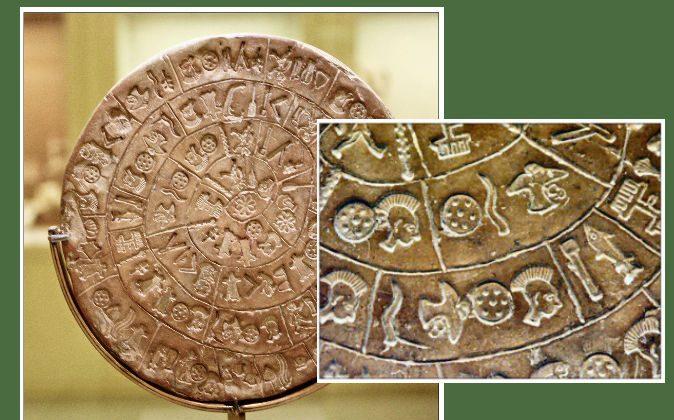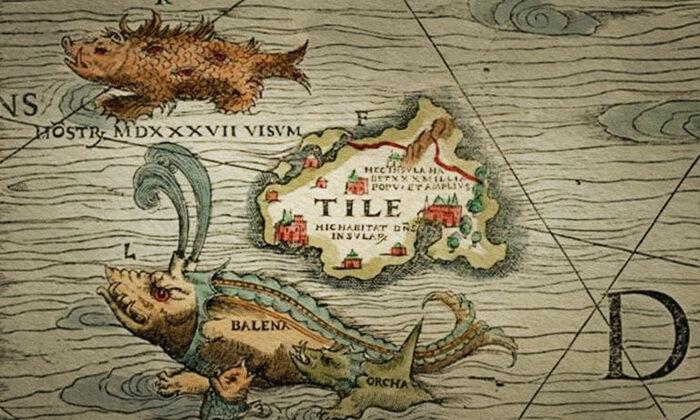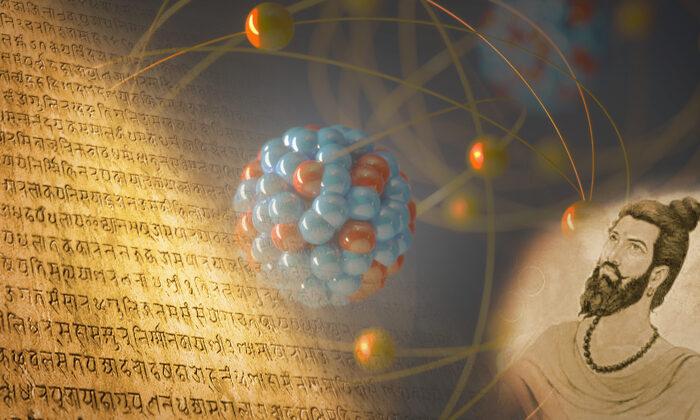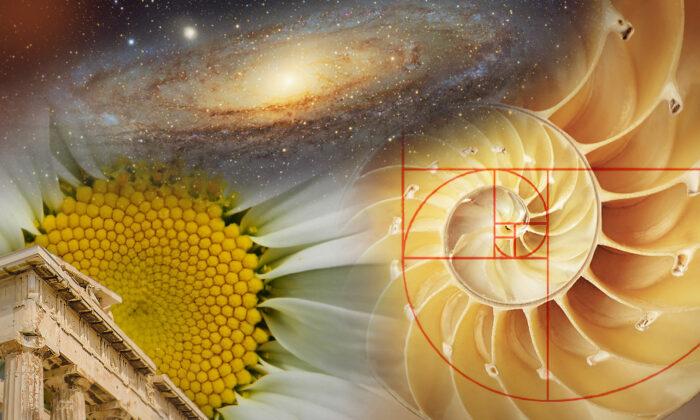The Phaistos Disc is a fired clay plate from the 2nd millennium BC with both sides showing a spiral of strange stamped symbols. Ever since its discovery in 1908, in a palace called Phaistos on the island of Crete, the meaning of the unusual inscription has mystified scholars. But now, after more than a century, scholars may have finally come a step closer to solving one of the most famous mysteries in archaeology.
The Phaistos Disc, along with other artifacts, was first discovered by Italian archaeologist Luigi Pernier in a basement room of an ancient Minoan palace, which had collapsed due to earthquake or volcanic eruption. Phaistos had been a powerful centre of the Minoan civilization, and one of the wealthiest cities in Crete.
Mysterious Symbols
The Phaistos Disc was inscribed with 241 picture segments created from 45 unique symbols thought to be similar to Linear A, an undeciphered writing system used in ancient Greece. The symbols portray images such as an eagle, a helmet, a plumed head, a beehive, and more.
Nearly 30 notable attempts have been made over the years to decipher the code, but each met with a dead end, until now. According to the Archaeology News Network, the latest attempt to unravel the mystery was made by Dr Gareth Owens of the Technological Educational Institute of Crete, who says he has worked out some of its keywords and the general message it conveys.
Cracking the Code
Dr Owens looked at groupings of signs found in three parts on one side of the disc. They spell out I-QE-KU-RJA, which means “great lady of importance”, while on the other side, he identified the word AKKA, which means “pregnant mother”. Dr Owens’ interpretations is that the Phaistos Disc is a prayer to the mother goddess of the Minoan era.
“The most stable word and value is ’mother,' and in particular, the mother goddess of the Minoan era,” said Owens, according to Archaeology News Network.
Speaking at a TED talk in May, Dr Owens explained how he worked with John Coleman at Oxford University for six years to crack the code. “It’s the closest thing to a partial Minoan Rosetta Stone,” he said, stating that they can now read 90 per cent of ‘Side A’ of the disk. Work is still underway to try to decode the remainder of the symbols. Watch TED talk with Dr Gareth Owens:
Republished with permission. Read the original at Ancient Origins.





Friends Read Free